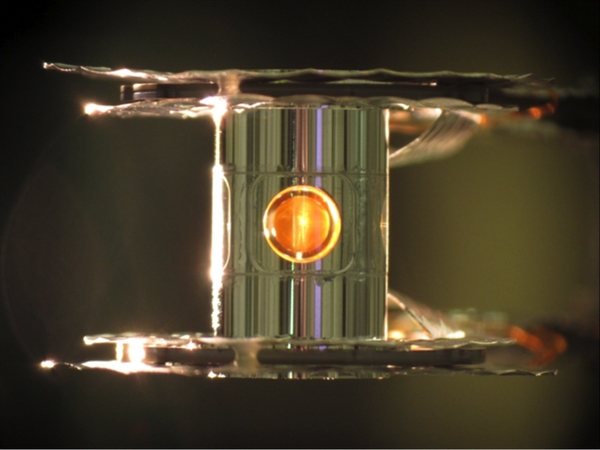On September 27, 2013, Prof. Omar Hurricane of the Lawrence Livermore National Laboratory in the United States and his research team made a breakthrough in the field of inertial confinement nuclear fusion: the energy of nuclear fusion release was greater than the first time The energy absorbed by the fuel is the fuel gain achieved. This is a crucial step in achieving inertial confinement nuclear fusion. The experimental results were published in the journal Nature on February 12th.
The principle of inertial confinement fusion is to increase the temperature of the fuel pellets, thereby triggering implosion and fuel compression. The unique advantage of inertial confinement fusion is the separation of the emitter and the fusion reactor, which makes it safe and easy to maintain the emitter and blanket.

Fusion reactor system schematic
The experimental adjustment of the laser beam's entry form enhances the stability of the implosion. In the latest experiment on November 19, 2013, 192 beams of NIF (United States National Ignition Devices) sent 1.9 MJ of heat into the annulus, generating nearly 100 million degrees Celsius high temperature inside the annulus (50% higher than in the past). Above) and 10 million atmospheres. Fusion fuel releases 17.3 kJ of energy, about 10 times that previously recorded.

Plastic enclosure fixed annulus and fuel pellets
Compared to previous experiments, alpha particles released by fusion are trapped in the fusion fuel, causing self-heating, providing great energy, close to half of the total energy gain.
The research team believes that this self-heating will play a key role in achieving "ignition" (stabilized nuclear fusion).
The success of the NIF experiment validated the previous assumption that the plastic shell instability caused by an implosion was the root cause of past energy gains that did not meet computer model expectations.
However, the results achieved so far are still far from the real “ignitionâ€. The experiment on November 19 last year only reached half of the Lawson criterion (conditions for the stable nuclear fusion of the reactor itself). In addition, the current control of the shape of the implosion by means of the incident laser wavelength is still not fully understood, and the experimentally adopted model comes from practical experience.
Professor Hilkin said that a better understanding of the effects of incident wavelengths and improvements in the physical properties of the annulus will all contribute to the desired results.
Can the new laser mode achieve stable nuclear fusion? Probably only time will tell us the answer.
Carrara Marble Mosaic Printing
This beautiful Carrara Marble Mosaic Printing serie is made from Recycled Glass Mosaic Tiles.
The marble pattern is printed on the top of the mosaic tile, the color is long washed and will not be faded away since they has been high-temperature fired.
The marble pattern can bring warmth and a natural feeling to your bathroom, kitchen and any other decorated spot in your home. It is a good choice of bathroom glass mosaic tile, kitchen backsplash glass mosaic tiles, glass mosaic floor tiles and any other glass mosaic wall tile . You can bring the natural beauty into your home with this timeless stone-look tile!
Recycled Glass Mosaic,Arabesque Glass Mosaic,Red Mosaic Tile Backsplash,White Glass Mosaic Backsplash
C&K MOSAIC , https://www.cnkmosaics.com